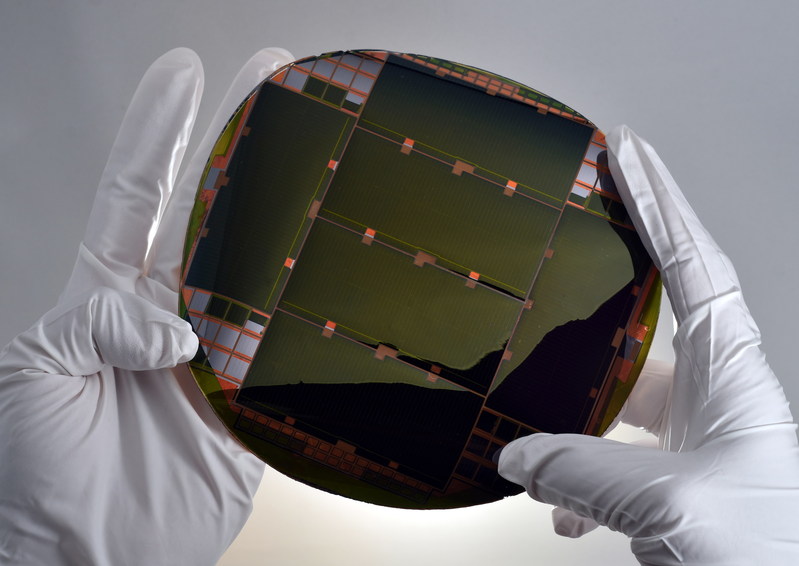Microlink Devices will work on the commercialization of the inverted metamorphic multi-junction (IMM) solar cell design developed by NREL.
IMM cells can achieve high efficiencies through the integration of three or more semiconductor layers, which are deposited on to a removable gallium arsenide (GaAs) substrate. The design uses a metamorphic buffer layer to grow materials with ideal bandgap for energy production, such as indium gallium arsenide, which are not matched to the substrate.
Using these cells, Microlink has already achieved efficiencies in excess of 32%.
The IMM cell design will be used in combination with Microlink's epitaxial lift-off (ELO) technology. In this process, active cell solar material is peeled off of a GaAs substrate. Removing this substrate allows for exceptionally light weight solar cells with specific powers of more than 3000 W/kg, says Microlink.
Although the GaAs substrate can be reused after removal in order to reduce costs, given the costly material’s involved in the process it is unlikely that these cells will be seen outside of niche applications such as satellites and drones.
MicroLink's ELO technology was funded by various U.S. agencies including NASA, DARPA, the Air Force Research Laboratory, the Office of Naval Research, NAVAIR, Army Research Office, Army REF, CERDEC, and the Department of Energy.
The company currently has a contract with Airbus defence and space to provide its technology to the Zephyr S HALE, a fully solar powered, high altitude, unmanned air vehicle, able to carry out similar functions to a satellite.
This content is protected by copyright and may not be reused. If you want to cooperate with us and would like to reuse some of our content, please contact: editors@pv-magazine.com.




1 comment
By submitting this form you agree to pv magazine using your data for the purposes of publishing your comment.
Your personal data will only be disclosed or otherwise transmitted to third parties for the purposes of spam filtering or if this is necessary for technical maintenance of the website. Any other transfer to third parties will not take place unless this is justified on the basis of applicable data protection regulations or if pv magazine is legally obliged to do so.
You may revoke this consent at any time with effect for the future, in which case your personal data will be deleted immediately. Otherwise, your data will be deleted if pv magazine has processed your request or the purpose of data storage is fulfilled.
Further information on data privacy can be found in our Data Protection Policy.